Mapped out: explore the streets of Berlin through Bauhaus and brutalism
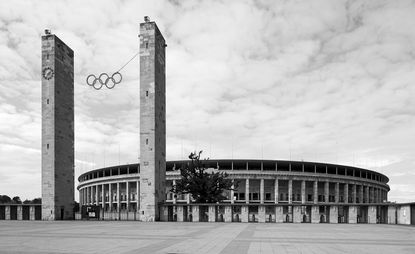
Tourists and locals alike will delight in a new map which tracks Berlin’s modernist architecture across the city. Published by Blue Crow Media in collaboration with journalist and film-maker Matthew Tempest and photographer Simon Phipps, the map shines a light on 50 modernist masterpieces of the 20th century, exhuming Berlin’s political history along the way.
The neat, double-sided guide includes an introduction to the period alongside details of the architectural edifices which defined it. Formerly a political correspondent for The Guardian, Tempest credits the architecture of a city to understanding its history. ‘No 20th century city has more ghosts than Berlin – and they live on in its buildings,’ he says.
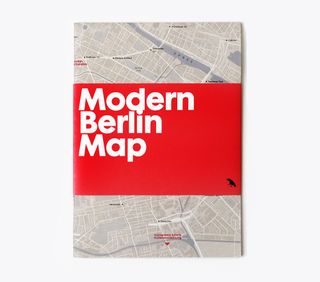
London-based publisher Blue Crow Media illustrates Berlin's 20th century architectural styles across this neat folded map
From Bruno Taut’s Horseshoe Estate – influenced by Soviet ideals – to Cold War period works such as Café Moscow and Kino International in East Berlin, and onto Hans Scharoun’s Berlin Philharmonic and Le Corbusier’s Unité d'Habitation in West Berlin, the city’s architecture was stretched in every stylistic direction as political extremes tore the city in two.
Looking to the end of the century, post-modernist buildings such as Daniel Libeskind’s Jewish Museum and Peter Eisenman’s Memorial to the Murdered Jews of Europe help us understand the role of memorial and repentance that architecture plays in Berlin – preventing us from forgetting irreversible mistakes, asking for forgiveness and commemorating lives lost, while issuing a monumental warning to future generations. ‘Its rebirth as the continent’s capital of cool comes with a blood-soaked and fractured past,’ says Tempest.
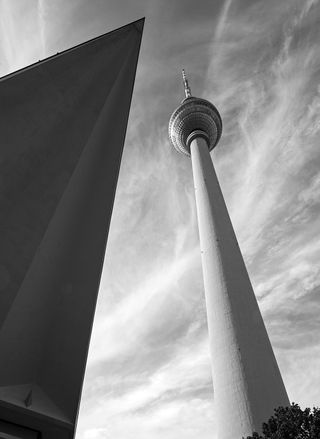
Berlin's iconic Television Tower, constructed between 1965 and 1969 by the administration of the German Democratic Republic (GDR)
Illustrated with striking photographs by Phipps, the Modern Berlin Map waits to be unfolded across a café table in Kreuzberg, to reveal new layers of historical understanding and further fuel our fascination with architectural artifice. The map can be purchased at independent bookshops across Europe including Pro qm in Berlin and Foyles in London.
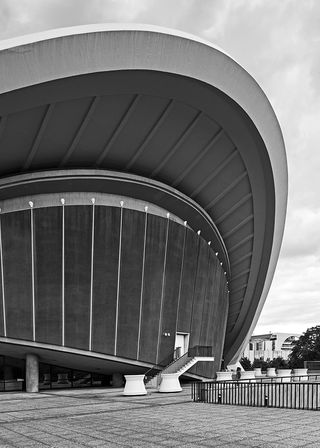
Opened in 1957, the Haus der Kulturen der Welt was designed by architect Hugh Stubbins
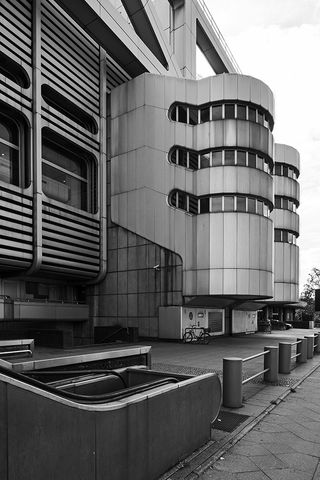
Opened in 1979 and designed by Ralf Schüler and Ursulina Schüler-Witte, the Internationales Congress Centrum is one of the world’s largest conference centres
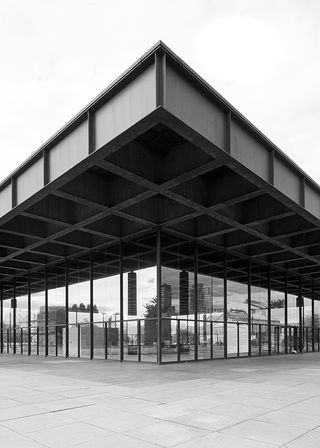
the Neue Nationalgalerie opened in 1968 and shows early 20th century art
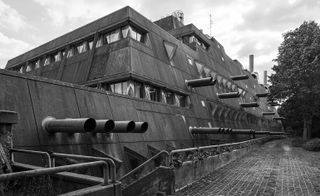
Completed in 1980, this building was formerly Berlin’s Central Animal Laboratory, where thousands of animals were tested on

Built between 1972 and 1976, the Bierpinsel or ‘Beer Brush’ is a tower that has changed hands and uses over the past decades
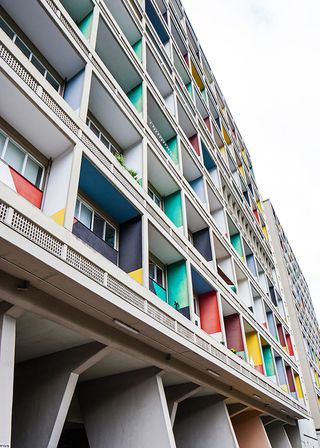
This apartment block by Le Corbusier is designed in his ‘Unité d'Habitation’ style, which he conceptualised via four other models built in France
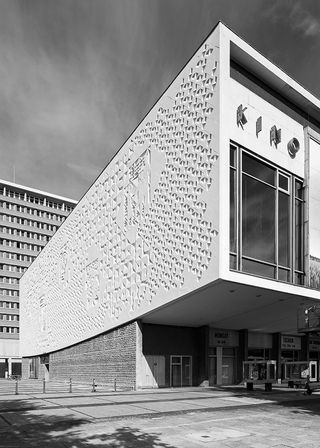
INFORMATION
Modern Berlin Map, £8. For more information, visit the Blue Crow Media website
Wallpaper* Newsletter
Receive our daily digest of inspiration, escapism and design stories from around the world direct to your inbox.
Harriet Thorpe is a writer, journalist and editor covering architecture, design and culture, with particular interest in sustainability, 20th-century architecture and community. After studying History of Art at the School of Oriental and African Studies (SOAS) and Journalism at City University in London, she developed her interest in architecture working at Wallpaper* magazine and today contributes to Wallpaper*, The World of Interiors and Icon magazine, amongst other titles. She is author of The Sustainable City (2022, Hoxton Mini Press), a book about sustainable architecture in London, and the Modern Cambridge Map (2023, Blue Crow Media), a map of 20th-century architecture in Cambridge, the city where she grew up.
-
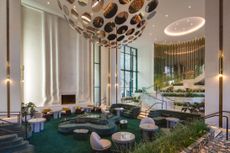 Wallpaper* checks in at the refreshed W Hollywood: ‘more polish and less party’
Wallpaper* checks in at the refreshed W Hollywood: ‘more polish and less party’The W Hollywood introduces a top-to-bottom reimagining by the Rockwell Group, capturing the genuine warmth and spirit of Southern California
By Carole Dixon Published
-
 Book a table at Row on 5 in London for the dinner party of dreams
Book a table at Row on 5 in London for the dinner party of dreamsRow on 5, located on the storied Savile Row, emerges as a perfectly tailored fit for fans of fine dining
By Ben McCormack Published
-
 How a bijou jewellery salon in Monaco set the jewellery trends for 2025
How a bijou jewellery salon in Monaco set the jewellery trends for 2025Inside the inaugural edition of Joya, where jewellery is celebrated as miniature works of art
By Jean Grogan Published
-
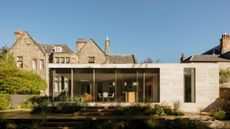 A revamped Edinburgh apartment combines Californian-style modernism with modern craft
A revamped Edinburgh apartment combines Californian-style modernism with modern craftArcher + Braun have transformed an apartment in a historic house with finely tuned contemporary additions and sympathetic attention to detail
By Jonathan Bell Published
-
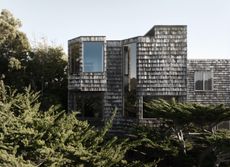 A look inside the home of George Homsey, one of the fathers of pioneering California modernist community Sea Ranch
A look inside the home of George Homsey, one of the fathers of pioneering California modernist community Sea RanchGeorge Homsey's home opens for the first time since his death, in 2019; see where the architect behind some of the designs for Sea Ranch, the pioneering California modernist community, lived
By Ellie Stathaki Published
-
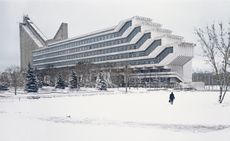 Soviet brutalist architecture: beyond the genre's striking image
Soviet brutalist architecture: beyond the genre's striking imageSoviet brutalist architecture offers eye-catching imagery; we delve into the genre’s daring concepts and look beyond its buildings’ photogenic richness
By Edwin Heathcote Published
-
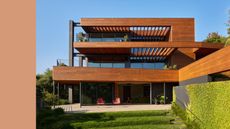 Tour a warm and welcoming modernist sanctuary set on the edge of a Los Angeles canyon
Tour a warm and welcoming modernist sanctuary set on the edge of a Los Angeles canyonThe Rustic Canyon Residence by Assembledge and Jamie Bush brings together the very best of mid-century influences, with an added slice of contemporary Californian craft and style
By Jonathan Bell Published
-
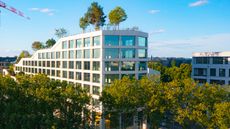 A Berlin park atop an office building offers a new model of urban landscaping
A Berlin park atop an office building offers a new model of urban landscapingA Berlin park and office space by Grüntuch Ernst Architeken and landscape architects capattistaubach offer a symbiotic relationship between urban design and green living materials
By Michael Webb Published
-
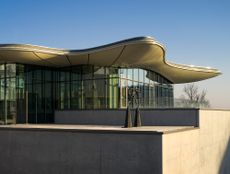 Private gallery Stiftung Froehlich in Stuttgart stands out with an organic, cloud-shaped top
Private gallery Stiftung Froehlich in Stuttgart stands out with an organic, cloud-shaped topBlue-sky thinking elevates Stiftung Froehlich, a purpose-built gallery for the Froehlich Foundation’s art collection near Stuttgart by Gabriele Glöckler
By Hili Perlson Published
-
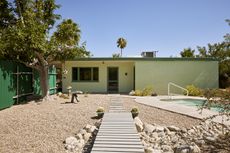 Tour this Bel Vista house by Albert Frey, restored to its former glory in Palm Springs
Tour this Bel Vista house by Albert Frey, restored to its former glory in Palm SpringsAn Albert Frey Bel Vista house has been restored and praised for its revival - just in time for the 2025 Palm Springs Modernism Week Preview
By Hadani Ditmars Published
-
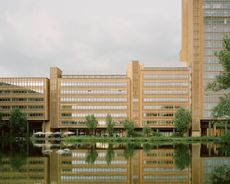 A walk through Potsdamer Platz: Europe’s biggest construction site 30 years on
A walk through Potsdamer Platz: Europe’s biggest construction site 30 years onIn 2024, Potsdamer Platz celebrates its 30th anniversary and Jonathan Glancey reflects upon the famous postmodernist development in Berlin, seen here through the lens of photographer Rory Gardiner
By Jonathan Glancey Published